 |
|
CRS-7 (Falcon 9) 28 June 2015 |
Space Launch Complex 40 Cape Canaveral Air Force Station |
Page One of Two |
|
| The seventh SpaceX Commercial Resupply (CRS-7) mission to the International Space Station ended in disaster a little more than two minutes into the flight when an apparent overpressure anomaly with the second stage liquid oxygen tank caused the vehicle to break apart with the loss of the Dragon spacecraft carrying over 5,000 of supplies, experiments, and new ISS hardware like the International Docking Adapter. | |
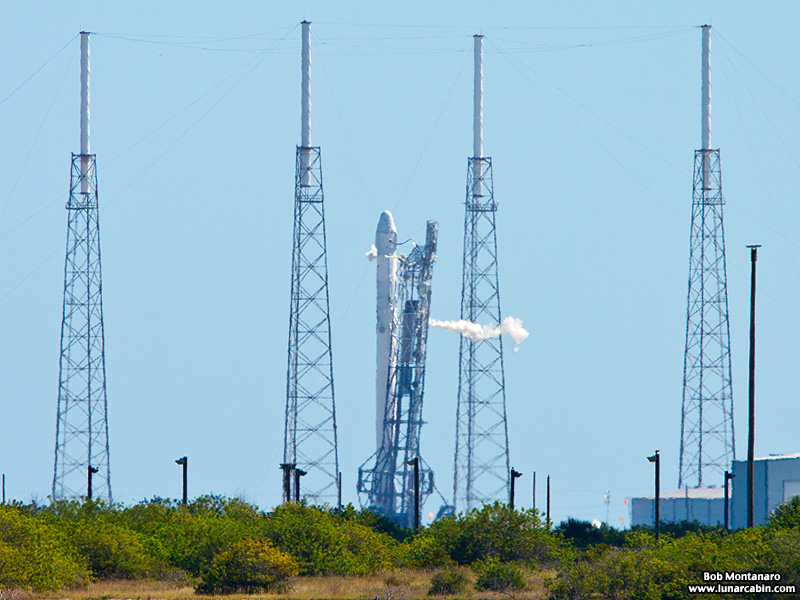 |
|
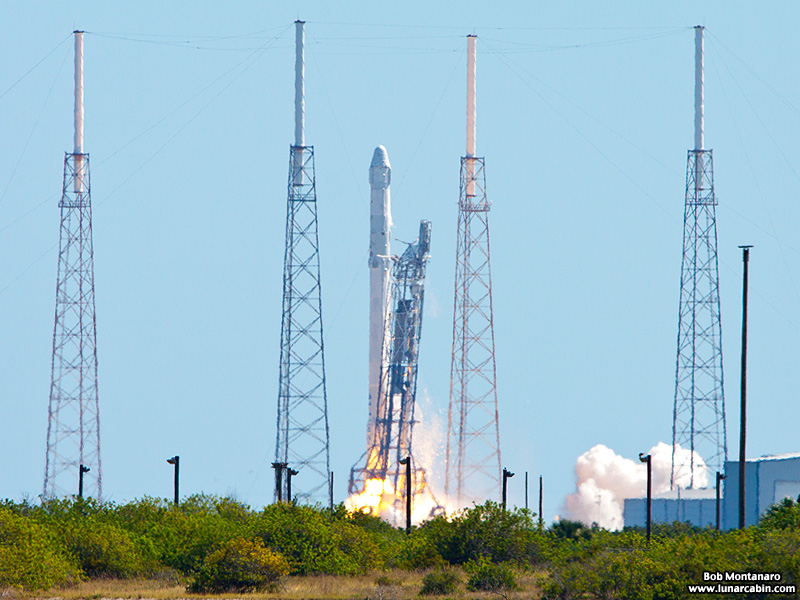 |
|
| Everything appeared normal during the liftoff, which occurred at 10:21 a.m. on 28 June 2015 from Space Launch Complex 40 at Cape Canaveral Air Force Station. | |
 |
|
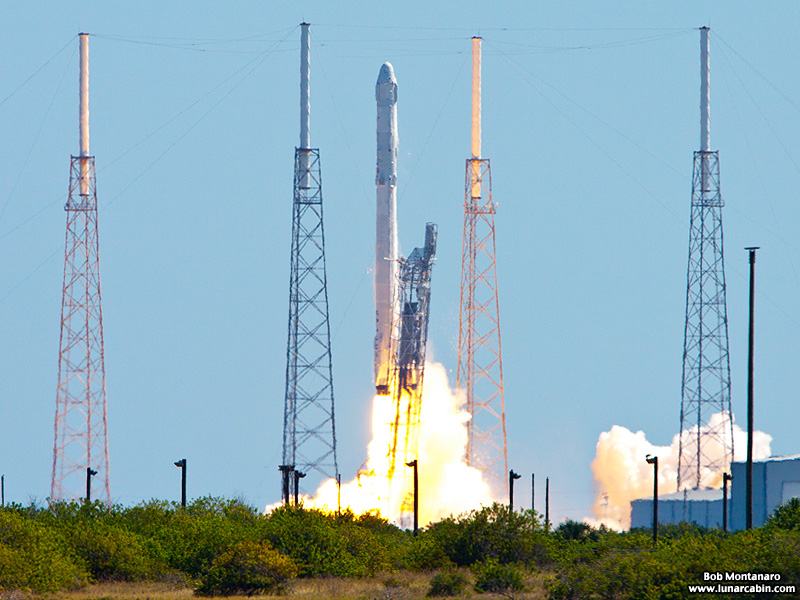 |
|
 |
|
 |
|
| The Dragon spacecraft can be seen atop the Falcon 9 rocket, along with the two boxlike protective covers over the solar panel arrays that open up in orbit like wings to provide power to the spacecraft. The triangular landing legs can be seen at the bottom of the first stage. SpaceX was going to attempt to land the first stage on a barge located a couple of hundred miles offshore in an attempt to reuse the booster on a future flight. | |
 |
|
| Water vapor forms a halo around Dragon as the Falcon 9 breaks the sound barrier. | |
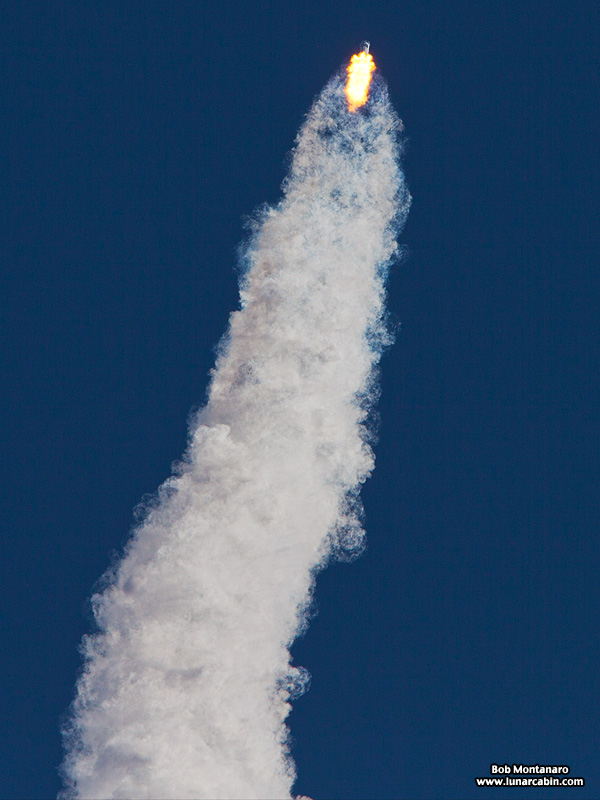 |
|
| The Falcon 9 exhaust causes water vapor to condense into clouds as it passes through a moist part of the atmosphere. | |
 |
|
| Falcon 9 leaves behind the clouds caused by its passage. | |
 |
|
 |
|
 |
|
| The last view of the Falcon 9 in apparent normal flight as it heads toward first stage separation. | |
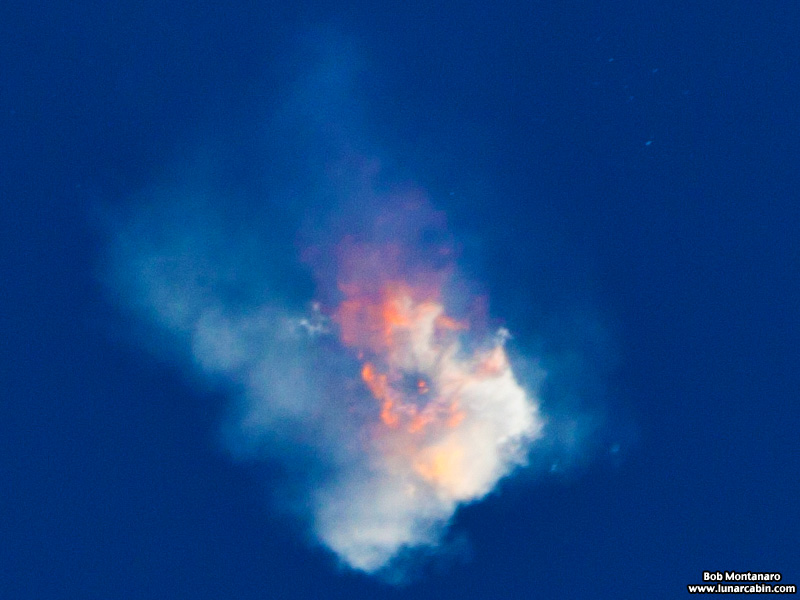 |
|
| The "anomaly" begins. Note that there appears to be debris flying away toward the upper right of the image. | |
 |
|
| From the ground it looked like liquid oxygen was escaping in large amounts from the second stage causing a cloud to form around the rocket. | |
All contents copyright Lunar Cabin |
|